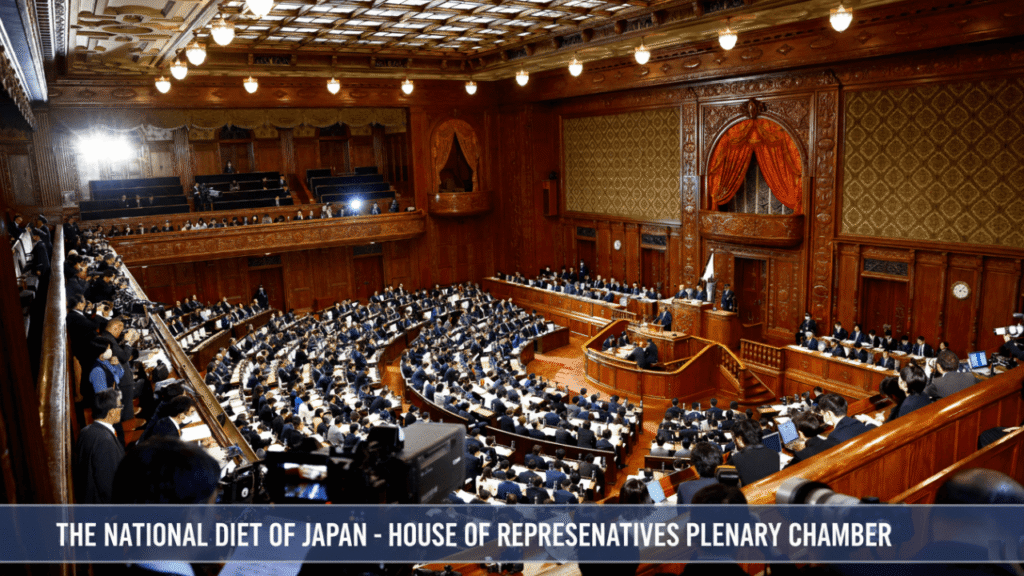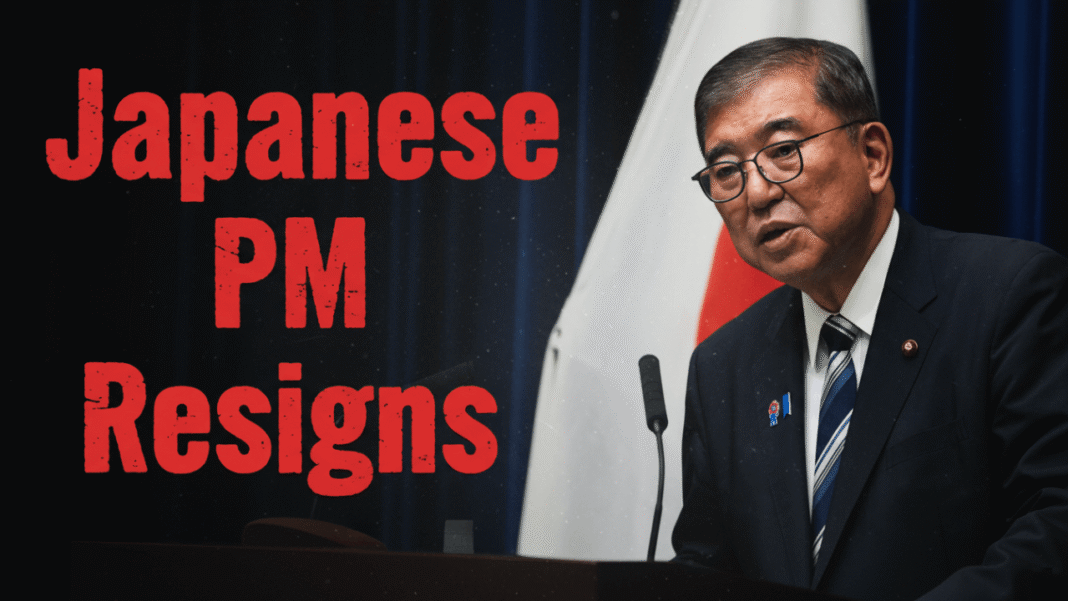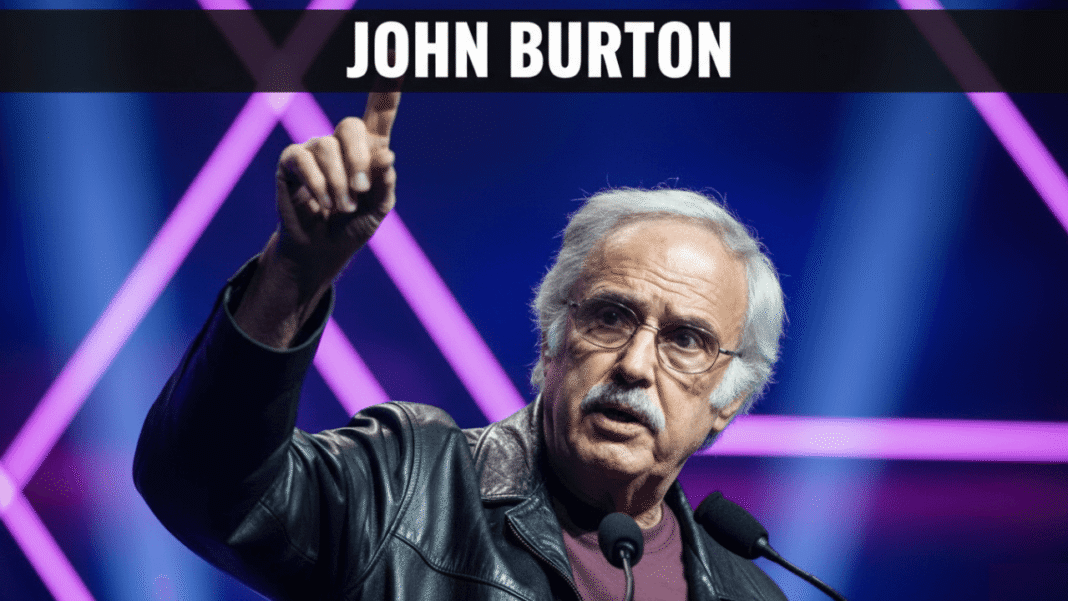TOKYO – It’s official. Japan’s Prime Minister Shigeru Ishiba has stepped down, bowing to relentless pressure from within his own party after a crushing defeat in July’s parliamentary elections. His resignation marks yet another seismic shift in Japan’s already turbulent political landscape.
The Breaking Point: Why Ishiba Stepped Down
Ishiba’s downfall didn’t come overnight. Since taking office in October, he’s faced mounting criticism from rivals inside the Liberal Democratic Party (LDP). The party’s poor showing in both upper and lower house elections left Ishiba clinging to power with little room to maneuver.
The July election was the tipping point. His coalition failed to secure a majority in the 248-seat upper house, a blow that compounded the earlier lower house defeat. For a leader already walking on political thin ice, the back-to-back losses were devastating.
As if that wasn’t enough, conservative heavyweights within the party, led by Taro Aso and backed by several ministers, pushed hard for an early leadership vote—a move widely seen as a vote of no confidence.
The Announcement: A Televised Resignation
In a nationally televised press conference, Ishiba admitted the inevitable: he would begin the process of holding a party leadership election to choose his successor. His announcement made Monday’s scheduled LDP decision on an early leadership vote irrelevant.
“Dragging this out,” Ishiba said, “would only deepen divisions.” And he wasn’t wrong. Staying on would have meant constant battles with both his fractured party and a minority government—an exhausting and likely futile fight.
Pressure From Allies and Mentors
What really sealed Ishiba’s fate was a meeting over the weekend with Agriculture Minister Shinjiro Koizumi and former Prime Minister Yoshihide Suga—his mentor and longtime political ally. Behind closed doors, they apparently urged him to step aside ahead of Monday’s leadership vote.
The quiet push from allies was loud enough to make Ishiba realize his time was up.
Japan’s Challenges Pile Up
Ishiba had argued repeatedly that stepping down would create a political vacuum at a critical moment. He wasn’t exaggerating. Japan is staring down some serious challenges:
- U.S. tariffs and trade frictions that continue to squeeze the economy.
- Soaring prices and inflation biting into households.
- Rice policy reforms stirring discontent in rural areas.
- Rising regional tensions, particularly in East Asia.
Despite his efforts—like persuading U.S. President Donald Trump to scale back tariffs from 25% to 15%—the defeats at home overshadowed his diplomatic wins.
Party Fallout: Calls for a Leadership Overhaul
The LDP has already conducted a review of the election losses, bluntly calling for “a complete overhaul” of the party. Since then, calls for Ishiba’s resignation have only grown louder.
Former Health Minister Norihisa Tamura, speaking on NHK just hours before Ishiba’s announcement, said bluntly that resignation was the only way forward to end the internal divide. “The party,” Tamura warned, “has been distracted from real work—economic measures and building opposition support for the next parliamentary session.”
That distraction is now front and center. With Ishiba stepping aside, the party is racing to set a date for its leadership election, likely in early October.
Who’s Next in Line?
Speculation over Ishiba’s successor is already heating up. Among the frontrunners:
- Shinjiro Koizumi, Agriculture Minister and son of former Prime Minister Junichiro Koizumi, who brings youthful energy and reformist appeal.
- Sanae Takaichi, the ultra-conservative former Economic Security Minister, who has long campaigned on national security and traditional values.
- Yoshimasa Hayashi, Chief Cabinet Secretary, seen as a moderate voice and a protégé of former Prime Minister Fumio Kishida.
Whoever takes the reins will inherit a fractured party, no majority in either chamber, and the constant threat of no-confidence motions. Governing won’t be easy.
The Opposition: Too Weak to Capitalize?
On paper, Ishiba’s resignation should give Japan’s opposition parties a chance to seize momentum. In reality, they remain deeply divided and too splintered to mount a serious challenge.
That leaves the LDP—despite its losses—still holding the cards. The next leader will need to cut deals with opposition parties just to get legislation through. That means compromise, negotiation, and a lot of political balancing.
Inside the Ishiba Cabinet: More Resignations Loom
The prime minister isn’t the only one stepping down. Hiroshi Moriyama, LDP Secretary General and Ishiba’s top aide, has already signaled his intention to resign on September 2. Moriyama was instrumental in negotiating with opposition leaders to pass legislation, and his departure could further destabilize the party.
Ishiba, at least for now, hasn’t accepted Moriyama’s resignation. But the writing is on the wall: this government is unraveling fast.
A Legacy Cut Short
Ishiba came into office less than a year ago with high hopes of steering Japan through rough economic waters and complex geopolitical challenges. Instead, his tenure will be remembered for a string of defeats that undermined his authority at home, even as he tried to shore up Japan’s alliances abroad.
For Japan’s voters, weary of political infighting, the big question is simple: will the next leader bring stability—or just more of the same?
The Road Ahead for Japan’s Politics

The clock is ticking. With the LDP gearing up for its leadership election, Japan’s political scene is once again in flux. Whoever replaces Shigeru Ishiba will face a divided party, a restless public, and a region brimming with uncertainty.
One thing is clear: Japan’s political turbulence is far from over.



